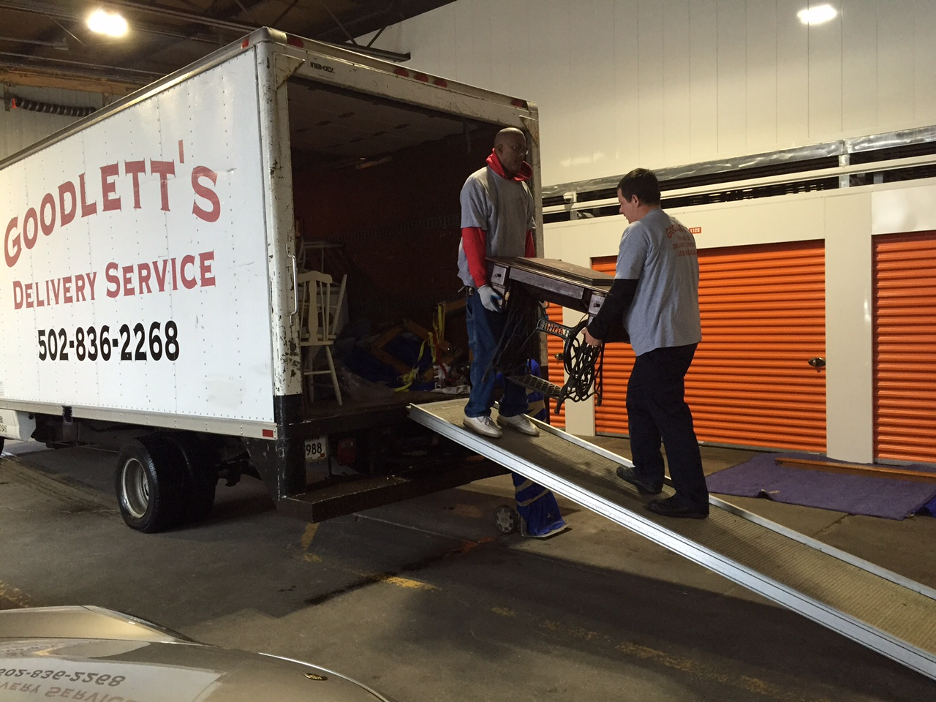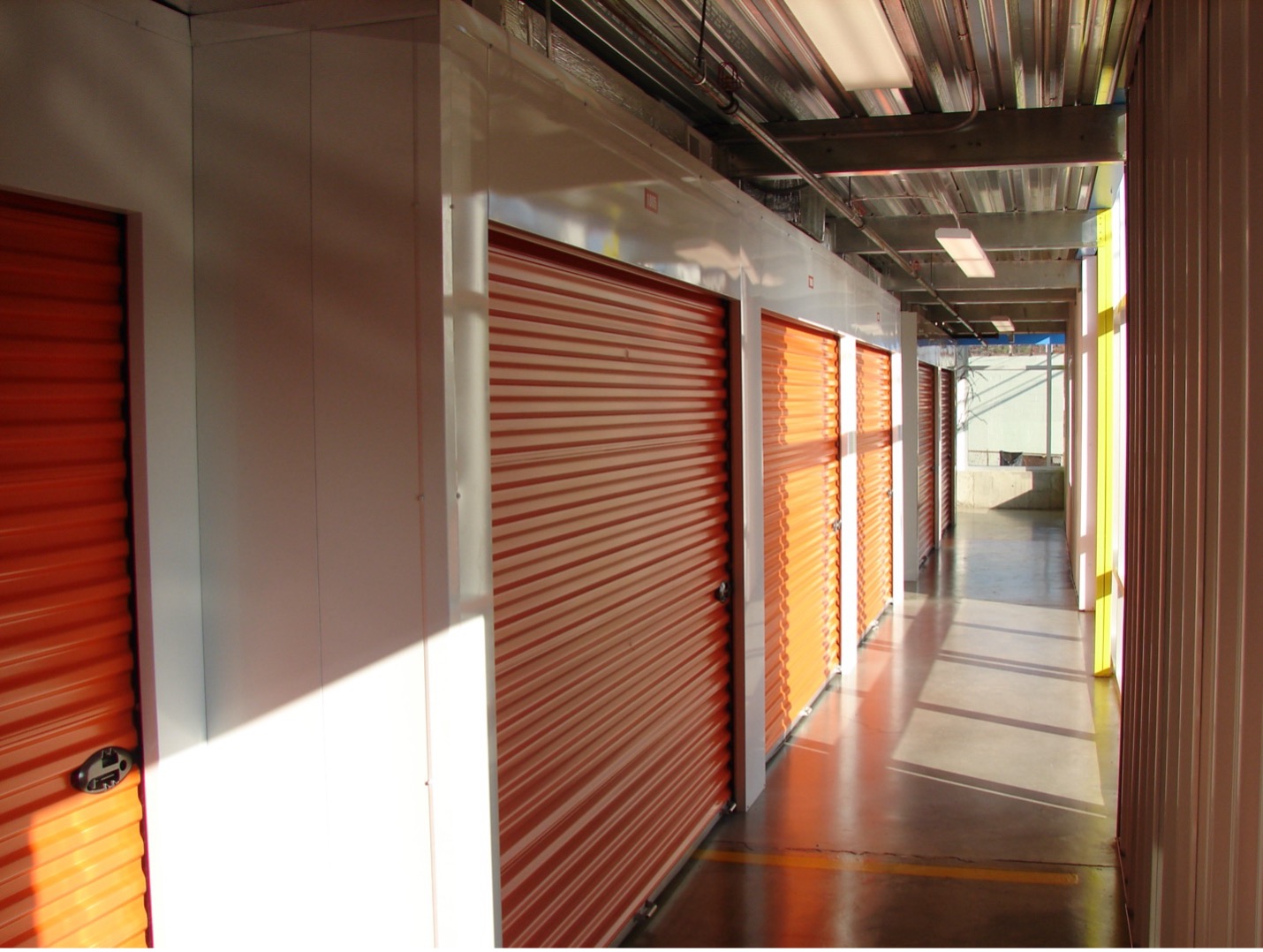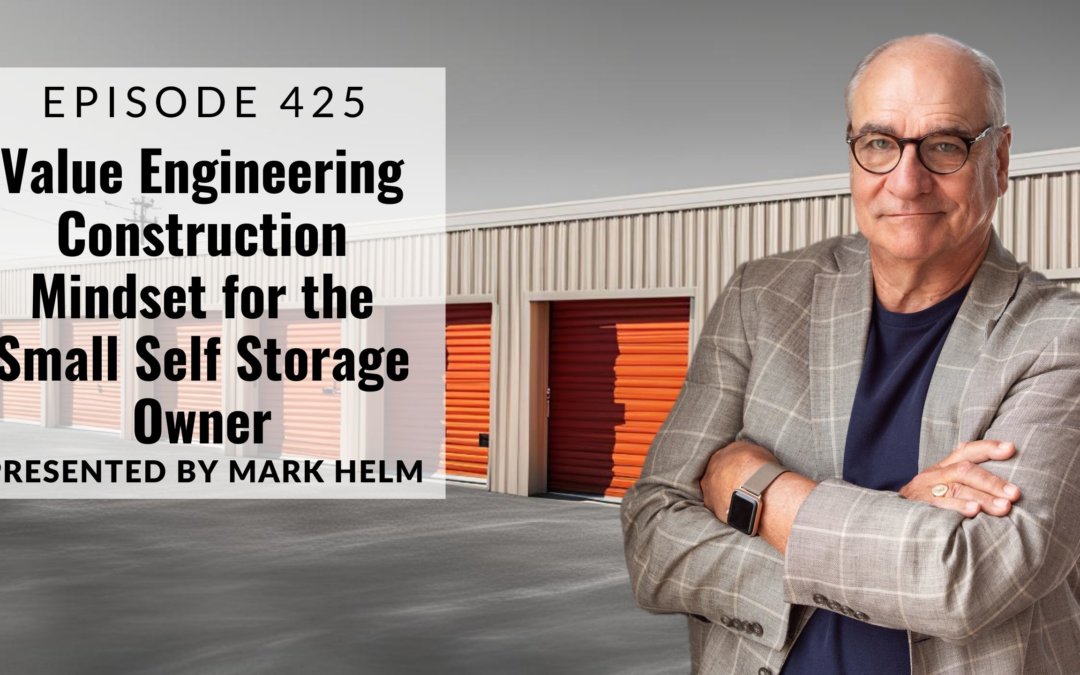As many of you know, I helped start a small construction company in order to Resolve a problem I was having, construction cost being extremely high today.

I wish I could take credit for the name, but Smitty, one of my partners, came up with it.
So far, we have brought in projects 15% to 27% less than previous bids we received.
We are also working for other small owners and developers as a third-party owners representative and/or general contractors helping them bring their self-storage projects in utilizing the same process.
We are often asked how our prices can be lower than others today.
Smitty can speak for himself, but for me, I think there are two basic reasons.
One is that we are essentially a cost-plus contractor, and our plus is generally lower than others.
But that alone would not account for the entire difference.
This leads me to the title of this episode.
Even if you don’t use us, if you are developing a smaller project, doing an expansion or conversion, the most important thing I can recommend which serves us well is a “Value Engineering Mindset” from the very start.
What do I mean by that?
Value Engineering Mindset
I am calling this mindset the most important asset we can offer ourselves or our clients.
It starts by rethinking the process we use to get a building out of the ground and looking at every place where we can cut costs without cutting quality or value.
It is not a mindset everyone wants, especially many contractors or vendors.
It is not even the “right” mindset.
It is just our mindset.
I ended up here because if we are going to do a deal today, we have to save every cent to make the deals work.
It starts with the idea that in a perfect world, I will have a simple metal building with a concrete floor.
I am not trying to create architectural wonders or fancy buildings to be marveled at. I let others do that.
I can get no more rent for a 10×10 in a metal building than I can in a cut-block building with unique architectural features.
So, we start here and then add what is required for approval.
If we do add any bells and whistles to our buildings above what is required for approval, the upgrades must either (1) allow us to get more income for the unit (which is rare) or (2) speed up the lease-up process.
This mindset can show up even before you have it under contract on a project.
Every cent has to be justified these days.
I have seen some people, rather than having a subscription to a site or doing the preliminary site demand analysis themselves, order a desktop report from a feasibility provider prior to controlling the property.
Don’t get me wrong. I use feasibility reports whenever I bring new space into a market, but we do the initial demand analysis ourselves.
A good preliminary desktop demand analysis can cost $3,500 or so. From a feasibility report provider
To help our customers, we offer this service and the detailed report for $1,500. We use multiple services and organize the data in an understandable way that allows us, or our customers, to determine if a particular project appears to have unmet demand.
Getting To Biddable Plans For Your Building
Here is where I have seen up to double the amount spent that needs to be.
Most small investors/owners are not sure where to begin, so they call an architect or an engineer.
For smaller projects, like a 25,000 or 35,000 square foot expansion, this can be an expensive way to go.
We work with architects and engineers and value what they do, but I have always done the preliminary work myself. Then they are reacting to plans and layouts, not always creating them.
We use our own programs and the services of self-storage fabricators to help keep this cost down.
Resolve’s Phase I, Owner’s Representative Services, utilized the methods I and Smitty have used for years on our own projects for our customers.
If you are not sure where to start, we could help here even if we never built the project.
We could help you get bid documents from a GC, or you could get subcontractors and tradespeople to bid on every aspect of the project.
I would say my average engineering and architectural expense is 30% or more less than what I am seeing most of our clients paying if we are stepping into a project after they started.
We can value engineer not only the building and building systems themselves, but many of the soft costs too.
Examples Of Value Engineering In Construction
Let’s look at a few ways to value engineer during design and construction. We are only limited by our creativity.
The Storage Fabricators
I am thrilled there are newer players in the space now.
At the last ISS Expo, I met many of them personally. We did our due diligence on them and are using some of them instead of the usually recognizable names. This has made a big difference.
One example is a two-story, fabricated storage building system for an expansion we are doing.
We received multiple bids from the normal players from between $24 to $25 per square foot for the system fabrication and delivery.
We found a newer, reputable company that will deliver the same building for $7 per square foot less.
That was $250,000 right there.
Check their references and talk to other people who have used their products, but the reality is there are more players in the storage space today providing products and services at lower cost. We utilize them.
Let’s talk about HVAC as an example of value engineering.
I can’t tell you the number of facilities I see built, or in storage building plans where there is ductwork down the length of every, hall and sometime even into the units themselves.
If we are doing a conversion with decking on top of the first floor for a second floor of storage, we always have a six-inch gap between the top of the unit and the deck. We will run a security bar in the middle of the gap. We basically condition the space itself and let air just flow into the units. See below. Look at the gap over the first-floor doors. See any ductwork anywhere?



Our ductwork is minimal. I have seen ductwork in each unit before. Crazy.
This isn’t an office or home. My goal isn’t to have a pleasant 72 degrees everywhere.
We condition the space and let the air just flow naturally into the units over the top. If it is a single-story conversion climate-controlled building or the top floor of a conversion like above, we just have wire mesh over the tops of the units, and that is how air flows in.
I had one 36,000 square foot building with two stories throughout most of it (first picture above), and we had two air handlers hanging from the ceiling on each side of the building and about ten feet of ductwork total. It worked great.
Speaking of HVAC, we have seen a large percentage of projects with way too much HVAC called out for. We are constantly sizing the HVAC down to be more in line with self-storage.
I could go on about materials used, building heights, roof options, and more. However, rather than the specifics, it is the mindset I want to convey the most.
I might now be saying it out loud, but we question every “standard” approach we hear from suppliers, architects, and engineers.
“What could be a better, more cost-effective way to achieve the same result?”
“What is something we could do that would reduce cost and actually produce a better product?”
Tony Robbins tells us the quality of our lives is a function of the quality of the questions we ask.
Want a better life? Ask better questions.
Want a better, more cost-effective storage project?
Ask better questions.
That is the essence of a Value Engineering Mindset.
If you would like to get information about the products and services Resolve offers contact “Smitty” Smith at smitty.hsgc@gmail.com. And as always, you can reach out to Mark Helm at mark@helmproperties.com.
https://www.insideselfstorage.com/self-storage-construction/building-materials-components



